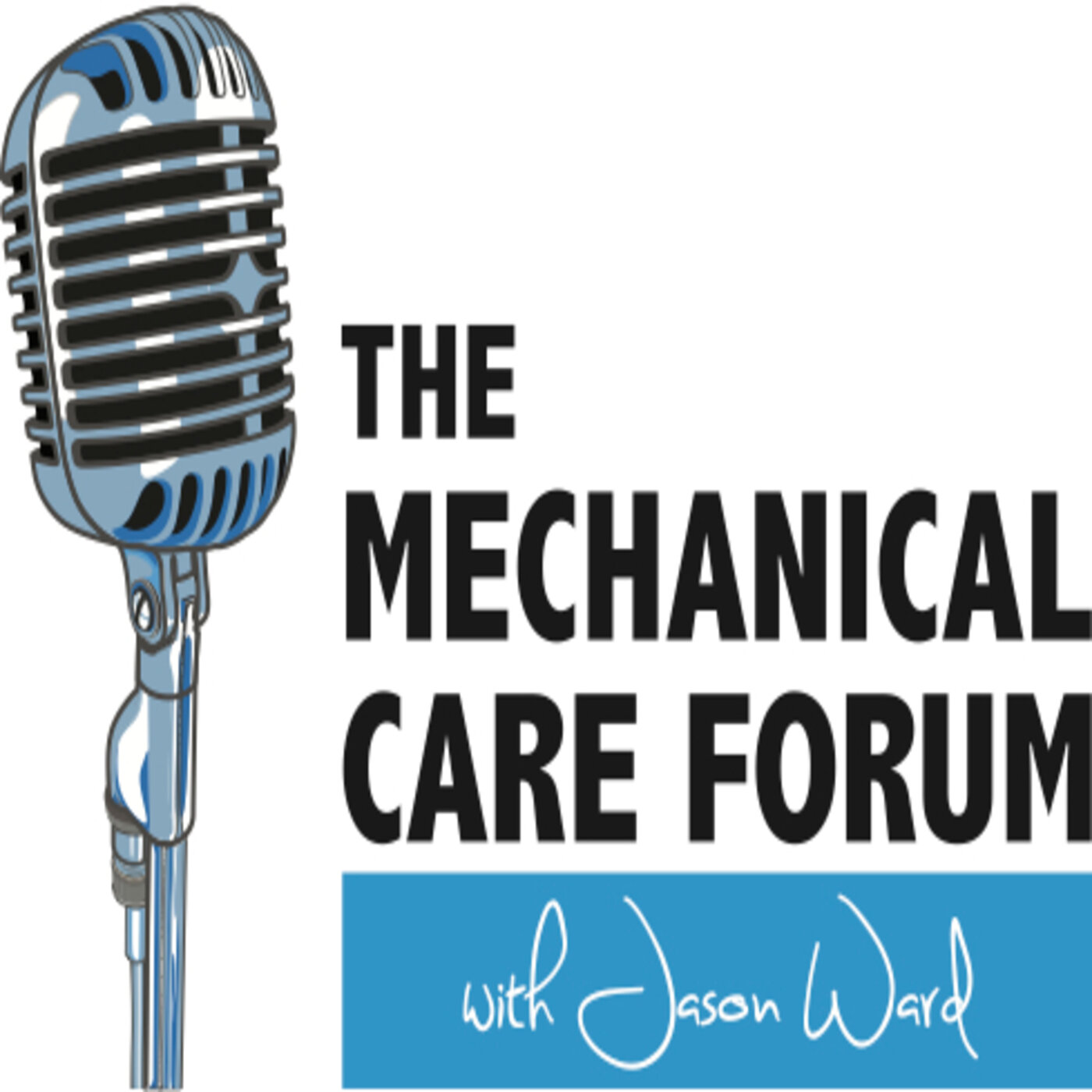Simon Simonsen PT, Dip MDT
Simon graduated as a Physiotherapist in 1997 and soon after became interested in postgraduate courses. He’s studied many manual therapy approaches including Maitland, Mulligan, Watson headache approach, and the Laslett/Petersen classification model. He has also completed coursework in Acupuncture, Sports physiotherapy and NOI courses. His main interest is in Mechanical Diagnosis & Therapy (MDT) where he started his journey in 1999. He complete his Diploma in MDT in 2004 where he did his practical part in Austin Texas and sat the final exam in in France in June 2004. He is now a member of the Danish faculty of the McKenzie Institute and teaches courses in Denmark and Norway.
Show Notes
Memorable Patient Story
Soon after Simon returned from the diploma program he saw a patient with a very predictable pattern of pain behavior and what Simon learned, especially about his prior tendency to avoid flexing patients. He remembers that patient often when dealing with his current chronic pain patients and how he can better help them.
Patient Education Analogy
Simon shares how he teaches patients about balance of movement and how that can sometimes help in patients understanding the safety and even importance in allowing themselves to move in general and how it can help reduce fear of flexion, in the example of a patient with lumbar pain.
Best Professional Advice
Simon doesn’t necessarily remember any career-shaping advice but does remember that his Diploma program instructors advising him to study hard for the exam and that was,in fact, good advice for Simon.
Doing Differently Now
Simon sees his clinical behavior as more brains on and hands off now. He also shares how he gives his patients the idea that they are ultimately responsible for their care and he encourages them to take the lead as he gives them options.
Questions Found to be Helpful
Simon asks his patients what their ideas of what’s wrong. He finds that he has to be careful of how he says it but usually he gains helpful insights from the patient with that question.
Resources
Simon finds his twitter account to be helpful and a place to find some good and relevant content. TED talks also has been a source of interesting information for Simon both related to patient care but also in general.
Scientific Study
Simon uses two studies fairly regularly including the very popular study in Spine 2004 by Audry Long entitled Does it matter which exercise? A randomized control trial of exercise for low back pain.
Another study Simon believes important is
Cognitive and affective reassurance and patient outcomes in primary care: A systematic review. Pincus T. PAIN 154 (2013) 2407–2416
What he took from that study is that if you are too empathic, patients get worse. And if you're not empathic enough, patients won’t come back.
Simon has a special interest in treating those with chronic pain. Simon shares that he sees the following prevalence of subgroups with his chronic pain patients:
Derangement - 28%
Dysfunction - 5%
Chronic pain state - 25%
Inconclusive - about 20%, and
17 other mutually exclusive common pathologies in his "Other" category
Simon adds that he’ll be sharing a video highlighting some of his perspectives on the chronic pain patient.
You can likely find that on the Denmark Facebook page and/or links on the website (as below)
We hope to deliver this content to the committed professional who wants to improve his/her care and we hope to do it in a way that is easily accessible, the world over, in today's technological age.
To contribute:
Give a 5-star review on iTunes;
Share EP #99 with a friend; and/or
Connect with us on the Spotify MCF Podcast and MCF Instagram page!
Thanks for your support!

